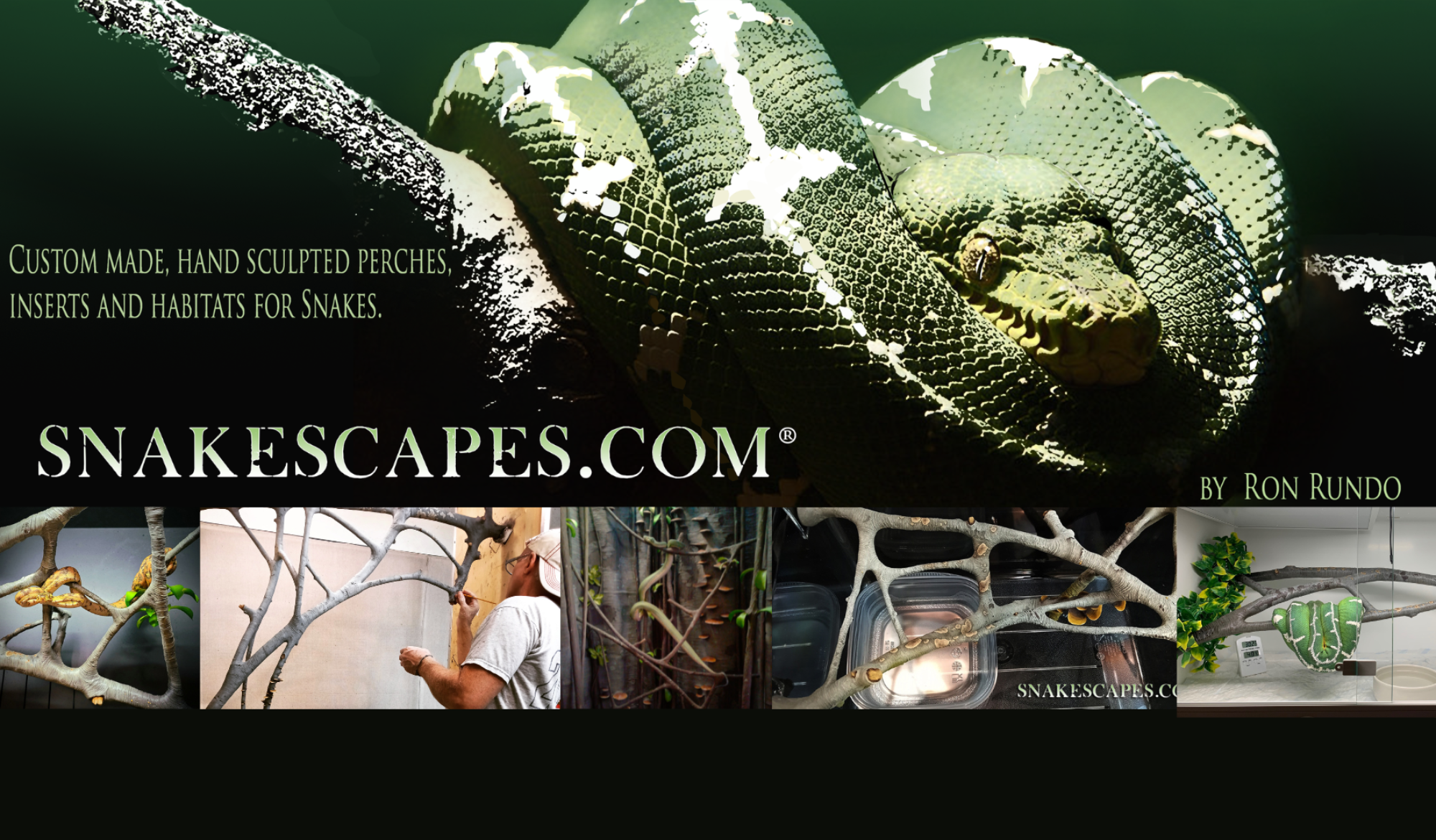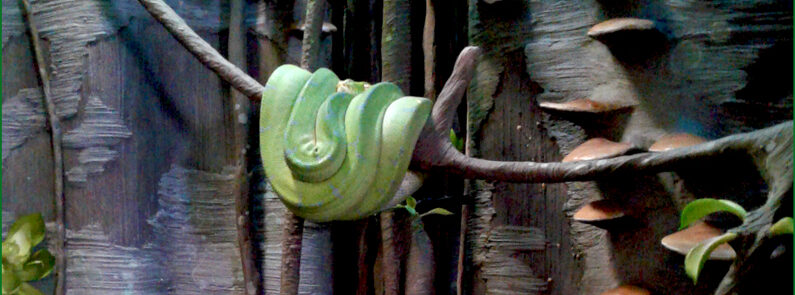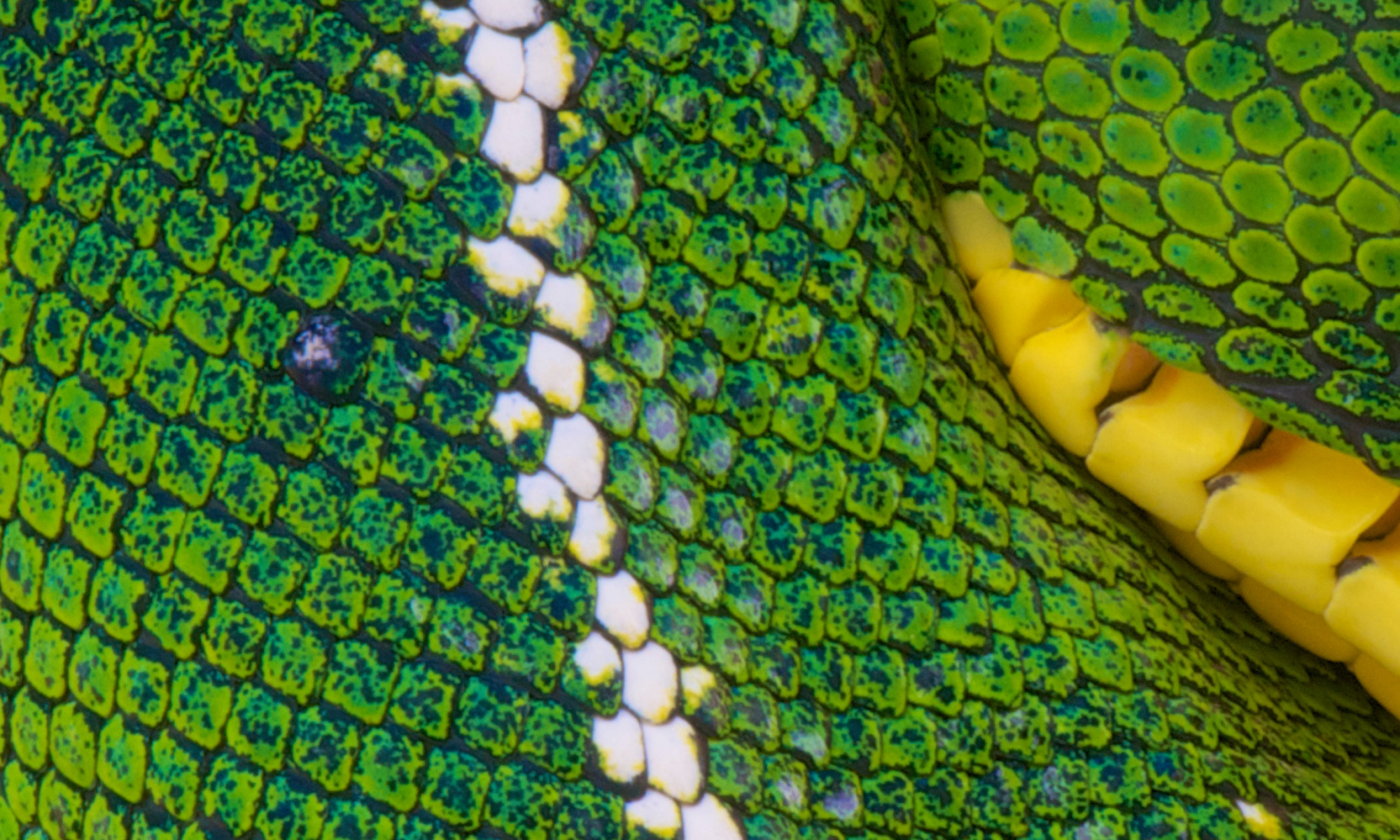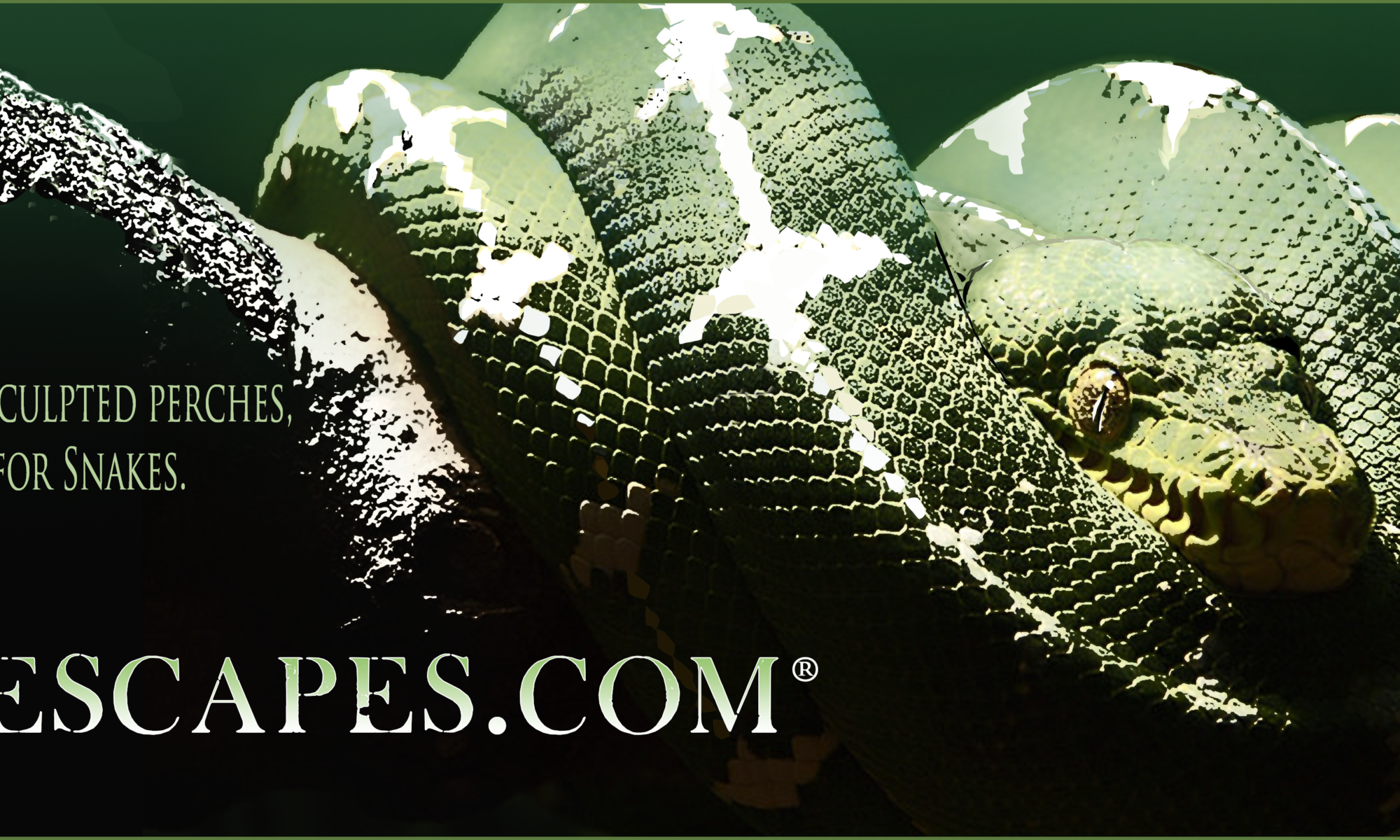When it comes to providing the ideal living space for your slithery companions, there’s no one-size-fits-all solution. Every snake species has unique requirements, and understanding these needs is crucial for their well-being and happiness. As a passionate snake hobbyist, Ed Marino shares his invaluable insights on selecting the perfect custom snake habitat.
Understanding Your Snake’s Natural Habitat
Before diving into the world of custom snake habitats, it’s essential to research your snake’s natural environment. Whether you own an Amazon Basin Boa or an Emerald Tree Boa, understanding their native habitat is the first step toward creating a suitable enclosure. Take note of the humidity levels, temperature range, and natural perches typical for your snake species.
Tailoring the Habitat to Your Snake’s Needs
- Custom Snake Habitats: Ed Marino emphasizes the significance of customizing enclosures based on individual snake species. Custom snake habitats mimic the natural surroundings of the snake, providing a sense of security and comfort.
- Snake Inserts and Perches: Incorporating snake inserts and perches designed to resemble the branches and foliage found in their natural habitat not only enhances the aesthetic appeal but also provides mental and physical stimulation.
- Ventilation and Temperature Control: Proper ventilation and temperature control are vital aspects of any snake habitat. Ed Marino recommends investing in enclosures with adjustable heating elements and ventilation systems, ensuring your snakes are kept in a stable and healthy environment.
Sustainability and Eco-Friendly Options
As a responsible snake hobbyist, Ed Marino advocates for eco-friendly habitat options. Using sustainable materials and natural substrates not only benefits the environment but also creates a more authentic living space for your snakes. Consider incorporating live plants and toxin-free decorations to enhance the habitat’s eco-system.
Consulting Experts and Reptile Enthusiasts
Lastly, Ed Marino suggests engaging with fellow snake hobbyists, herpetologists, and visiting reptile zoos and museums. By networking with experts and enthusiasts, you gain valuable knowledge and insights into creating the perfect snake habitat. Reptile expos and community events are excellent opportunities to discover innovative enclosure designs and eco-conscious products.
In conclusion, choosing the right custom snake habitat is an art that combines scientific understanding with creative design. By following the guidance of experienced hobbyists like Ed Marino, you can provide your snakes with a habitat that mirrors their natural environment, ensuring their happiness and longevity.
Remember, each snake is unique. By tailoring their habitat to their specific needs, you not only create a safe haven but also a thriving, enriching environment for your scaly friends.



